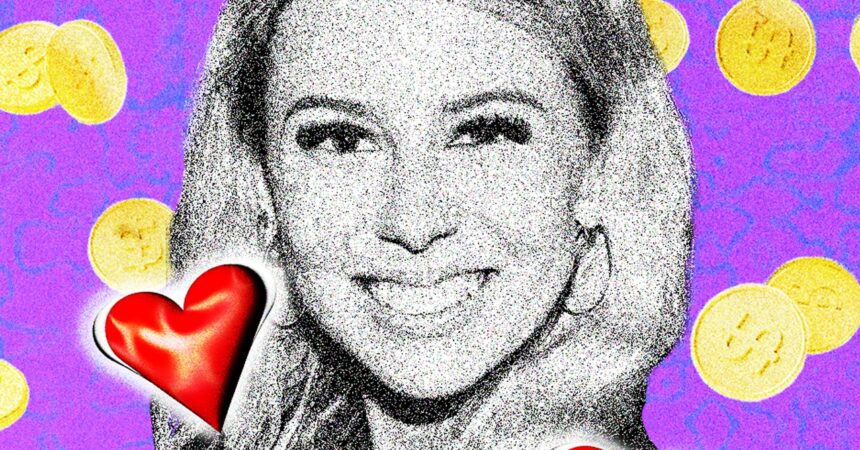The Memecoin Phenomenon: A Double-Edged Sword in the Crypto Landscape
The rise of memecoins has transformed the conversation around cryptocurrencies, turning once niche, light-hearted tokens into serious talking points within financial, regulatory, and investor circles. While memecoins like Dogecoin and Shiba Inu have captured public imagination, they embody a complex blend of speculative investment, community engagement, and potential regulatory issues. This blog post will delve into the current state of memecoins, their implications for the broader crypto industry, and the possible future that awaits them.
What Are Memecoins?
Memecoins are cryptocurrencies that have emerged largely due to internet culture and memes. Unlike traditional cryptocurrencies, which often aim to solve specific problems or offer utility, memecoins are often launched with little more than a humorous angle or viral marketing strategy. This approach has attracted a host of speculators looking to cash in on the latest trend, often leading to extreme volatility in prices.
Hedge Funds and Memecoin Investment
In the quest for outsized returns, some hedge funds have initiated investments in memecoins. Firms like Pantera Capital see these tokens as a "Trojan horse" that could introduce new users to the broader blockchain ecosystem. According to Robert Le, a crypto analyst at PitchBook, the activity surrounding memecoins could serve as a gateway for future projects that hold practical utility.
However, this potential benefit is juxtaposed with significant risks. Critics argue that the rise of memecoins risks framing the crypto industry as a mere gambling haven. Eddy Lazarin, CTO at the crypto division of a16z, has expressed concern that this perception could hinder adoption and legitimate business development in the space. "At best, it looks like a risky casino," he notes.
Regulatory Scrutiny and Challenges
Ironically, while some memecoins thrive, nutritionally devoid of serious scrutiny, entrepreneurs trying to create robust crypto use cases often find themselves under regulatory investigation. Chris Dixon of a16z crypto points out an inconsistency where the “dumbest crypto things” are left unchecked while innovators face the brunt of regulatory pressure.
As the speculative nature of memecoins becomes evident—characterized by a cutthroat environment where "for someone to win, someone has to lose"—there’s a growing call for regulation. Industry watchers anticipate some form of crackdown due to the rampant gambling-style trading, indicating that memecoins often resemble "unregulated gambling."
The Future of Memecoins
Despite the current controversies, there is potential for memecoins to evolve into instruments that could finance legitimate projects. For example, memecoins could serve as creative vehicles for entrepreneurs seeking to raise capital without surrendering equity. However, in their current form, they exemplify pure financial speculation.
Hailey Welch’s recent launch of a memecoin that lost 95% of its value shortly after trading underscores the risks involved. Yet, on the same day, another token, PNUT—a coin inspired by an internet-famous squirrel—hovered at a market value exceeding $1 billion, illustrating the erratic nature of this sector.
Some creators, like Iggy Azalea, are trying to pivot memecoins into longer-term ventures. Azalea has promoted her token, MOTHER, among her 7.7 million followers on X, aiming to establish it as more than a fleeting trend by partnering with businesses and creating use-cases.
Conclusion: Navigating the Memecoin Landscape
As the memecoin trend continues to develop, it raises critical questions about the future of cryptocurrency and its place in the mainstream economic landscape. While some view memecoins as potential facilitators for engagement with crypto technology, others see them as an obstacle that undermines the industry’s credibility.
The trajectory of memecoins will likely depend on whether regulators step in to draw a line between financial speculation and legitimate innovation, as well as how new projects adapt to these challenges. The future may reward those who can find a way to blend humor, community, and real-world utility with the underlying principles of blockchain, while avoiding the pitfalls associated with unregulated gambling.
Wuxtaposing humor with financial risk, memecoins are indeed a double-edged sword, and understanding their implications is essential for investors, creators, and regulators alike. As the landscape evolves, staying informed and critically evaluating the dynamics at play will be essential for anyone looking to navigate this vibrant yet volatile sphere.










